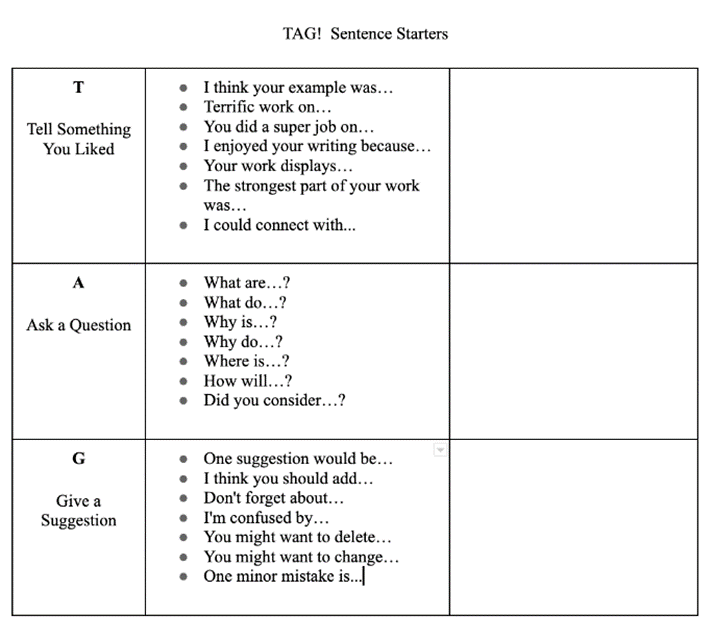Feedback or Feedforward. It’s all about the Timing
Jennifer Lemke, University of Nebraska at Omaha
Chris Wilcoxen, University of Nebraska at Omaha
Jeni Langfeldt, University of Nebraska at Omaha
Key Statement: This article explores feedback structures that contribute to students’ understanding and performance.
Keywords: Feedback, Timing, Peer Feedback
Excerpt:
… Immediate feedback, also known as feedforward, refers to when the instructor provides corrective feedback and/or modeling when a problem is noted (Scheeler et al., 2009), rather than the traditional method of waiting until a task is complete (i.e., deferred feedback). Scheeler et al. (2004) found that “targeted teaching behaviors were acquired faster and more efficiently when feedback was immediate” (p. 403). Immediate feedback also reduced the likelihood of students continuing an ineffective practice. This approach provides the learner with information and support that prevents them from making the same mistakes in the future. Feedforward provides recommendations in a way that “facilitates its application to future work” (Skinner et al., 2022, p. 56), rather than receiving guidance after a process is complete or an assignment is graded.
So what feedforward practices can we implement that provide students with immediate, corrective, and specific opportunities to enhance their performance (Scheeler et al., 2004), but that also feel manageable to the time constraints and demands many faculty face? Here are two strategies to consider as you look to embed practices that contribute to enhancing students’ understanding and performance.

Conclusion
Feedback is most impactful when it occurs near, or even during, what is being evaluated. Providing feedback as a qualitative checkpoint gives learners a chance to learn before being evaluated and mold their best possible final product. Allowing learners to provide feedback to their peers helps them strengthen critical thinking and understand course content on multiple levels. And in both staggered feedback and TAG, instructors are freed up to provide more detailed feedback to encourage learner growth.
Discussion Questions
-
When do you use deferred versus immediate feedback? Which have you found impacts learning more in a given situation and why?
-
Are you currently utilizing a feedback or feedforward approach?
-
What new feedforward practice can you implement today that will have a direct impact on students’ understanding and performance?